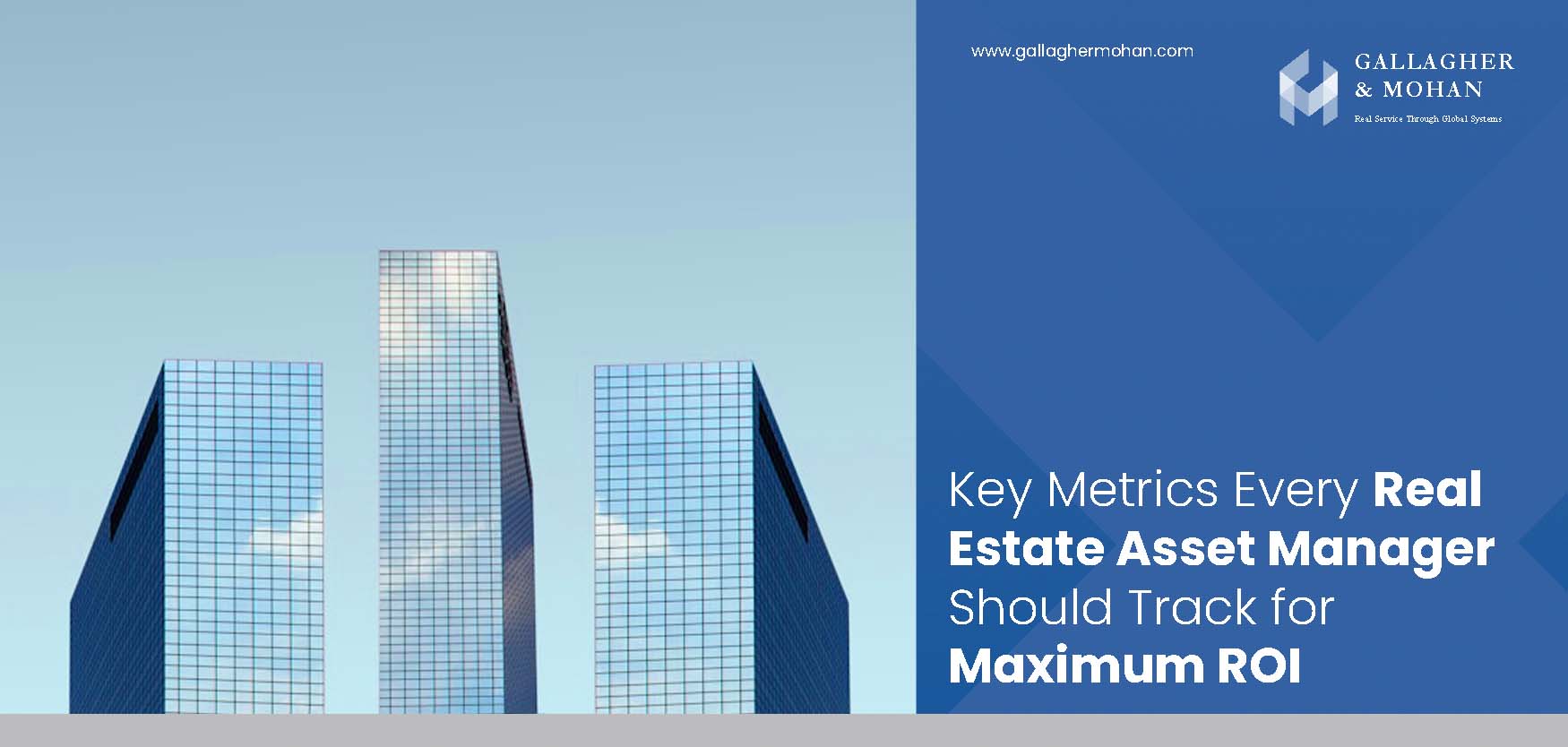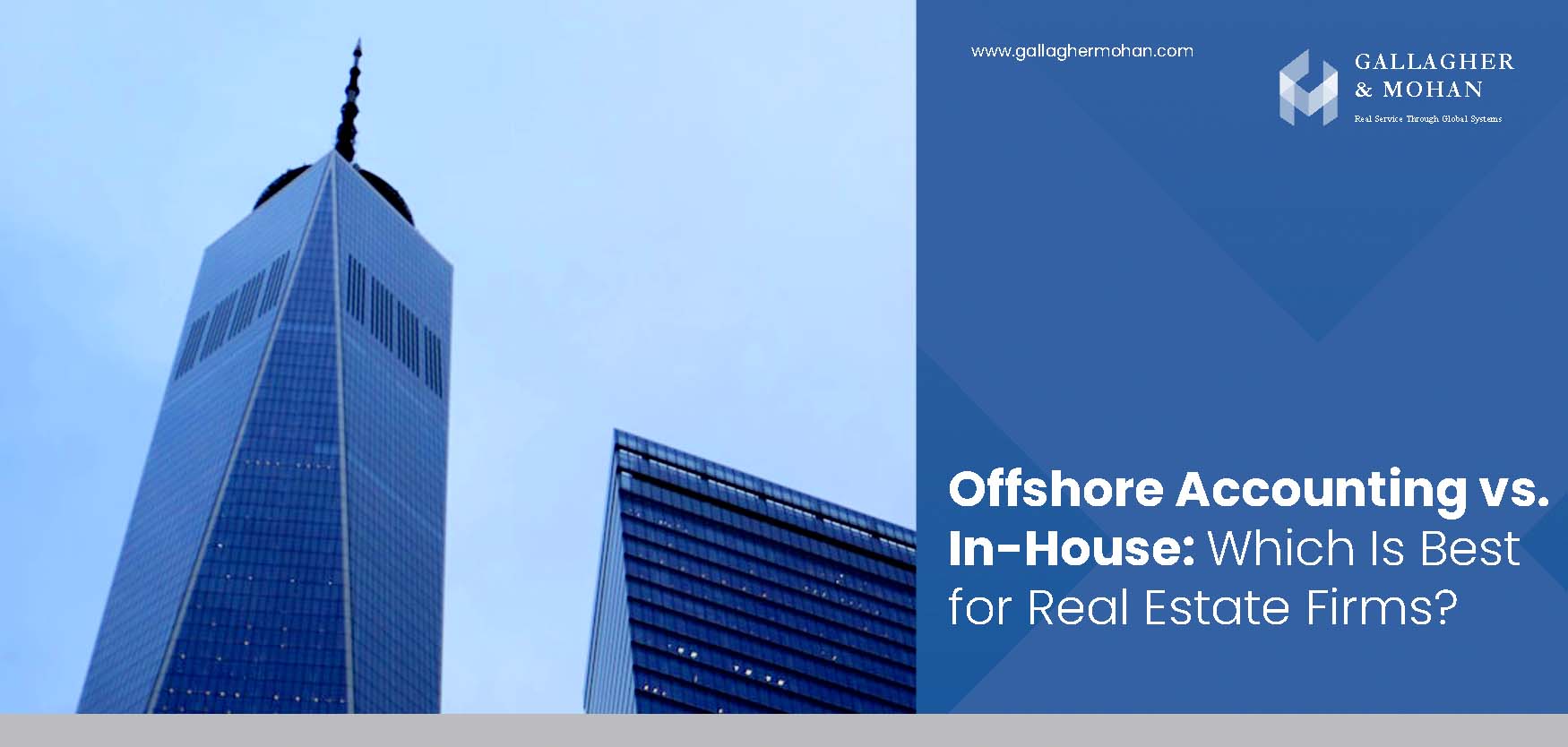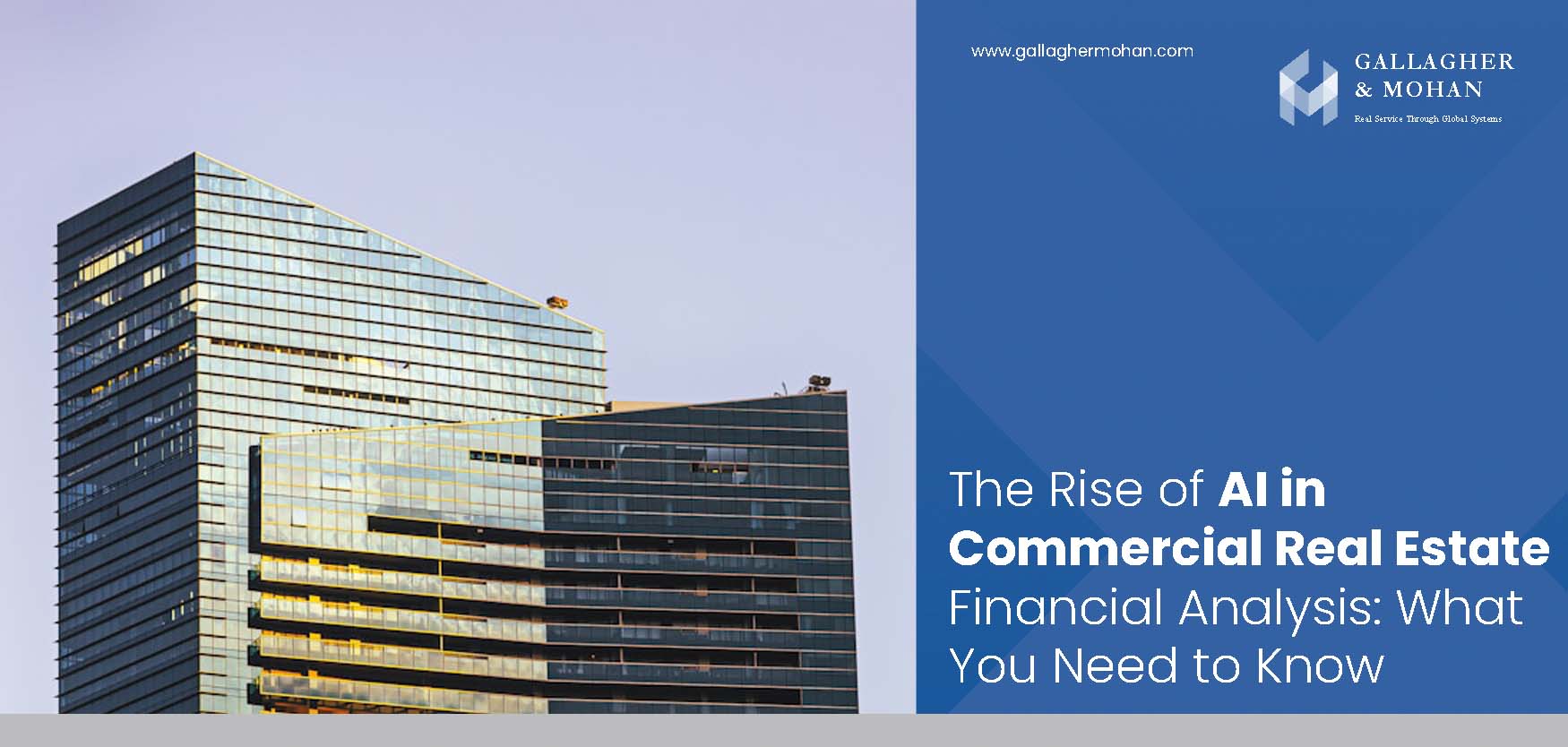06 November 2024
How to Optimize Real Estate Asset Management for Commercial Property Success
In today’s fast-paced commercial real estate landscape, real estate asset management is central to achieving sustainable success and financial growth. A solid approach to commercial property accounting supports efficient operations, mitigates risks, and enhances asset performance. This blog will outline key strategies to optimize real estate asset management, focusing on budgeting, lease management, proactive maintenance, and technology integration.
Real Estate Asset Management: The Foundation of Value
Effective real estate asset management involves a strategic approach to managing the financial aspects of commercial real estate investments. By tracking income and expenses, analyzing cash flows, and keeping detailed records, property managers can maximize returns and keep assets running smoothly. This process also enables stakeholders—including property owners, managers, and investors—to make data-informed decisions that align with their financial objectives.
Building successful asset management strategies requires careful planning across budgeting, leasing, and risk mitigation. Let’s explore each area in depth to see how a structured approach can unlock potential in commercial real estate investments.
1. Strategic Budgeting: Building a Financial Roadmap
Effective budgeting is essential for robust real estate asset management. Developing a comprehensive budget that covers operational costs, capital improvements, and revenue forecasts helps property managers plan for financial stability and future growth. Analyzing historical data and current market trends ensures that budgets are both realistic and responsive to change. Leveraging advanced budgeting tools can also support accurate cash flow projections and uncover opportunities for cost savings.
2. Optimized Lease Management for Maximizing Income
Lease management is a core part of asset management that directly affects cash flow and occupancy rates. Property managers should adopt proactive lease strategies, such as negotiating favorable lease terms, implementing rent escalation clauses, and focusing on tenant retention. These strategies help stabilize rental income and minimize vacancies. Real estate management software can also track lease expirations, assess tenant performance, and identify opportunities to renew or expand leases, thus enhancing asset value.
3. Proactive Maintenance Planning: Protecting Asset Longevity
Regular maintenance is key to preserving asset value and ensuring tenant satisfaction. Proactive maintenance planning allows property managers to schedule routine upkeep and capital improvements, reducing the likelihood of major disruptions. By conducting regular inspections and prioritizing tasks, managers can minimize unexpected repair costs and prolong asset lifespans. Predictive maintenance technologies and data analytics can further streamline scheduling, improving cost-efficiency while ensuring properties remain in optimal condition.
4. Effective Risk Mitigation: Safeguarding Investments
Commercial real estate investments involve inherent risks, including market fluctuations, tenant defaults, and regulatory shifts. To protect financial interests, asset managers must implement robust risk mitigation strategies. This may include diversifying portfolios, securing adequate insurance coverage, and establishing contingency plans for unexpected events. Keeping informed about regulatory changes and consulting with legal advisors are also essential to managing compliance risks effectively.
5. Integrating Technology: Enhancing Efficiency and Insights
The role of technology in real estate asset management is transformative. Modern accounting software provides features like automated financial reporting, performance analysis, and portfolio management, which streamline operations and enhance decision-making. Advanced technologies, including AI and machine learning, allow managers to automate routine tasks, identify emerging trends, and derive actionable insights. As a result, technology integration not only increases efficiency but also positions assets for sustained growth.
Conclusion
Optimizing real estate asset management through strategic approaches in commercial property accounting is crucial for success in today’s competitive market. By focusing on comprehensive budgeting, lease management, proactive maintenance, and risk mitigation, property managers and investors can maximize the value of their assets. Additionally, leveraging technology helps streamline operations and supports informed, data-driven decisions that drive long-term growth.
In a rapidly evolving industry, effective real estate asset management goes beyond boosting financial returns; it also creates lasting value and strengthens the resilience of commercial properties. By implementing these strategies, stakeholders can navigate the complexities of commercial real estate with confidence, ensuring their assets thrive amid market challenges and capitalize on growth opportunities.



